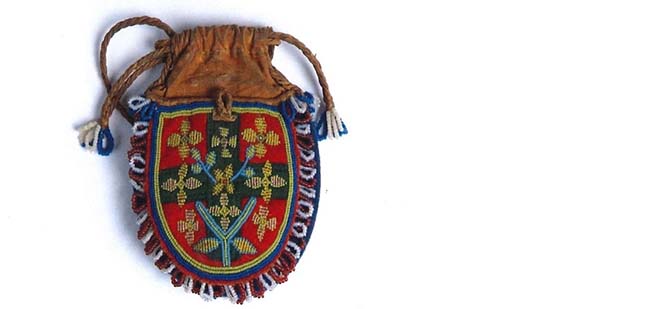The Housing Heritage research group considers the processes involved in making heritage: The way in which objects, spaces, places, and practices are set into motion by way of institutions, such as museums, ministries and directorates, global institutions, such as UNESCO, ICOM and ICOMOS , but also practitioners within them; archaeologists, anthropologists, curators and conservators.
Heritage worlds and the work within them, as we know, become naturalised. Comparative perspectives bring opportunities to transgress the taken for granted, thereby bringing new understanding. We imagine articulating new understandings of how exactly heritage is made, by attempting to ‘stay with the trouble’.
Comparison of friction
This could mean: Comparison of friction in small and large acts of heritage making. Observing what becomes and remains heritage brings, as we know, key understanding of significant narratives of history, and identity. But we do not only want to focus on the heritage that is the end product, but also the processes involved. Even in successful heritage stories, there is often resistance, or possible cut-off points that could paralyse or end a process of heritage making.
Following heritage objects/places/practice’s biographies in their making, we compare what happens; how and by what means are objects circulated, and what biographies emerge at the end of the journey? What are the expected benefits of the making of heritage or museum objects within particular heritage regimes? How do the purposes and practices of heritage-making change with time and place? What happens when these narratives are attempted translated from a local to a global scale?
Following heritage in production and the stories told, we should be open for the unintended; coincidence, personal interests, relational effects of parallel movements, or unforeseen consequence of such as law, bureaucracy, technology, economy and politics.
Reconfigured values
Historical approaches to heritage processes also open for the unmaking of objects/places/practices. What happens when heritage no longer serve its purpose; when value is reconfigured; or when colonial interfaces brings new pressing concerns?
Unmaking of heritage can involve a number of circumstances, ranging from ignorance, industrialization, capitalist exploitation, war, religious differences, trafficking, or even past attempts at conservation and salvage. Threat and salvage are issues under continuous negotiation, and actions thereof often have unintended consequences. ‘Staying with the trouble’ could, in this regard could involve paying attention to that heritage practices are born from colonial legacies and struggle to find legitimacy in the postcolonial.
Today, efforts to bridge such gaps involve demands of information and consent, participatory management, or even self-management, repatriation, the use of copies, or efforts at joint knowledge production.
‘Staying with the trouble’
Finally, ‘staying with the trouble’ implies awareness of that while the global world of heritage production yearns for and applauds new and transgressive forms of objects/places/practices, the costs of maintaining such collections are escalating.
What can be made heritage and at what cost? How exactly should heritage be kept, for what purpose, and for what kind of futures?
Core themes are such as:
- Actors, practices and processes of involved in the making of all kinds of heritage.
- Object biographies. Mediations and movements.
- The many purposes of heritage objects.
- The unmaking of heritage.
- Heritage pasts and presents; colonial and postcolonial practices.
- Heritage futures: the constant innovation of new heritage, new life of heritage and the problems of historicity.
Through activities such as a reading group, open seminars and international conferences, the production of texts, exhibitions, and our own individual research initiatives, we seek to enable museum employees to reflect upon the heritage processes that their work involve, by way of comparative reflections, enabling cross-fertilisation and possibly new theory development, both as an aim in itself but also as a joint platform to seek new funding.
Housing Heritage is associated with the HEI: Heritage Experience Initiative at the University of Oslo, several of our members are participating in its groups.
Research activities in 2023
Repatriation, dialogue and collaboration remains foci for our research:
- Anna Mossolova and Gro Ween have put together a spring program for the SENKU seminars, focusing on repatriation initiatives. A reading seminar includes pre-meetings for those particularly interested in invited lecturers.
- With Susan Braovac, Anne May Olli, Torunn Klokkernes and Gro Ween, in collaboration with the Norwegian Folk Museum, follows up Bååstede, by a mapping of pesticides in the Sámi Collection.
- Members of the group are meeting to write about exhibition-making as research, based upon their own experiences with exhibition making.
If you are interested in our activities, please do not hesitate to contact Gro Ween, g.b.ween@khm.uio.no

